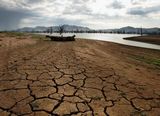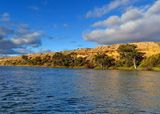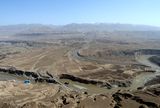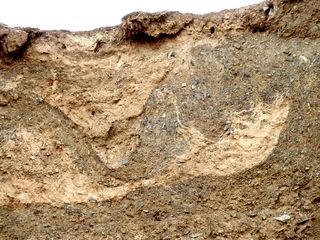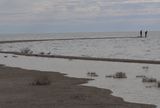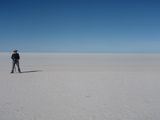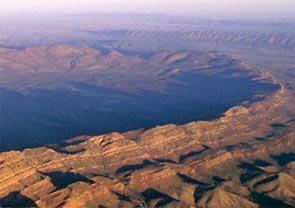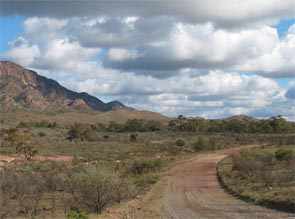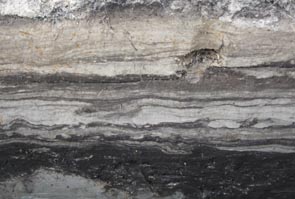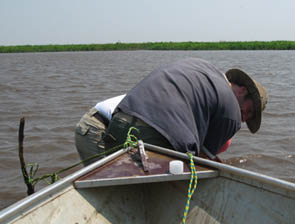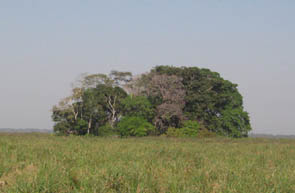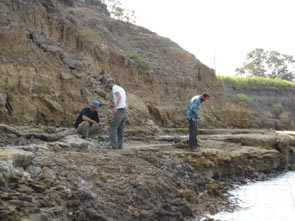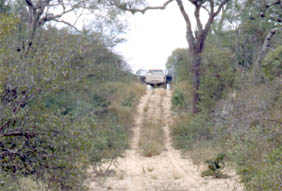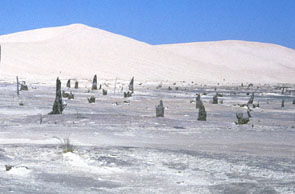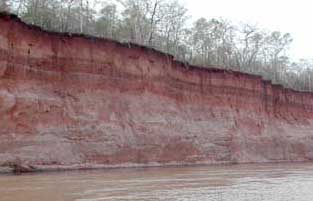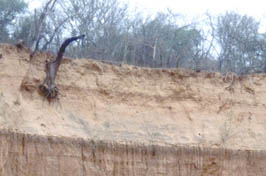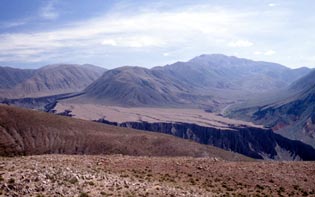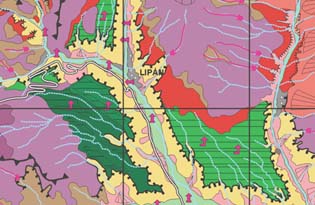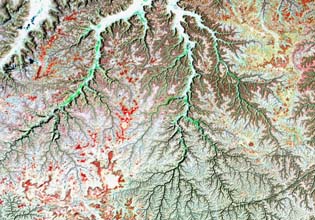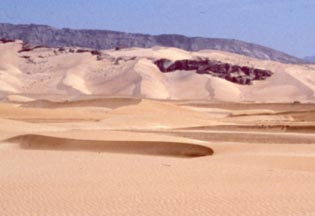|
- 2020 ARC Discovery DP200101875: Environmental and cultural change along the Central Murray River (~380,000 AUD)
- 2020 ANSTO Research Portal Proposal 12375 (with E. De Carli et al.): Reconstructing a Holocene palaeoflood archive for the Murray-Darling Basin, a proxy record for eastern Australia's hydroclimatic variability (~36,000 AUD)
- 2019 GeoQuEST Small Grant (with E. De Carli et al.): Dating and provenancing sediments of a palaeoflood record at the terminus of the Murray-Darling Basin (~8,670 AUD)
- 2019 SGeoQuEST Small Grant (with E. De Carli et al.): Developing a Holocene palaeoflood archive for the Murray-Darling Basin (~4,880 AUD)
- 2019 GeoQuEST Small Grant (with S. Marx et al.): Assessing the role of aeolian sediment in controlling fluvial dynamics along desert margins (~5,000 AUD)
- 2019 ANSTO Research Portal Proposal 12207 (with A. Flatley et al.): Towards linking long-term denudation and modern fluvial dynamics in the Pilbara (~43,000 AUD)
- 2019 ANSTO Research Portal Proposal 12224: Erosional timescales and the antiquity of Arnhemland Plateau (NT) as inferred from cosmogenic nuclides (~40,600 AUD)
- 2019 ANSTO Research Portal Proposal 11956: Constraining late Cainozoic uplift and erosion in the arid north-eastern Flinders Ranges (~17,300 AUD)
- 2018 GeoQuEST Small Grant (with Dr. S. Marx et al.): Assessing the role of aeolian sediment in controlling fluvial dynamics along desert margins (~4,800 AUD)
- 2018 ANSTO Research Portal Proposal 11681: Quantifying timescales and rates of bedrock erosion by wind abrasion in the Payunia yardang field, Argentina
- 2017 School of Geography Equipment Grant: A portable and safe percussion coring set (~15.570 AUD)
- 2017 GeoQuEST Small Grant (with Dr. S. Marx et al.): Exploring archives of long-term dust deposition in Central Australia (2.975 AUD)
- 2016 DLR Proposal for the Utilization of TerraSAR-X / TanDEM-X Data for Scientific Use, Project GEOL 0665: Exploring the use of TanDEM-X elevation data for the geomorphic quantification of small-scale, irregular erosional landscapes at Zhangjiajie sandstone peak forests, Hunan, China (equivalent value ~ 2.000 AUD)
- 2016 Universidad de Cuyo, Mendoza, Argentina, SECTYP 2016-2017, Código 06/A669 (with Dr. S. Moreiras): El rol de los deslizamientos en el balance sedimentario y comportamiento hidrológico de las cuencas andinas: Historia paleo-ambiental e hidrodinámica actual en los Andes Centrales (~800 AUD)
- 2016 Wiss. Gesellschaft Freiburg Sachmittelbeihilfe (scientific expenses small grant): Gammaspektrometrie-Messungen zur Altersbestimmung von eiszeitlichen Ablagerungen im Oberrheingraben (~1.450 AUD)
- 2015 DAAD Travel Grant for 19th INQUA Conference (3.800 AUD)
- 2014 GeoQuEST Small Grant (with Prof. G. Nanson et al.) - "Why are so many Australian rivers straight" (5.000 AUD)
- 2014 AINSE Research Award, (covered by SMAH UOW): Refining the chronologyof late Pleistocene post-depositional pedogenesis in the Flinders Ranges, SA (2.480 AUD)
- 2013 AINSE Research Award, Project ALNGRA13020: A paired-dating approach to constrain late Pleistocene to Holocene incision in the Flinders Ranges, SA (3.800 AUD)
- 2013 UOW Small Grant 104573 (Dr Samuel Marx et al.): Palaeo-flow characteristics of the catchments of the Murray-Darling Basin: Understanding climate/water interactions in semi-arid south-eastern Australia (~10.000 AUD)
- 2013 GeoQuEST Small Grant: Dating Holocene speleothems in the arid Flinders Ranges (1.500 AUD)
- 2013 GeoQuEST Small Grant (with Dr Samuel Marx et al.): A history of lake filling events in central Australia (4.000 AUD)
- 2012 SEES Equipment Grant (with Dr Tim Cohen et al.): Motor driven percussion coring device (~20.000 AUD)
- 2012 Discovery Early Career Research Award (DECRA), Project DE120103033: The wet and dry of tropical Australia: past, present and future (375.000 AUD)
- 2012 RIBG (with Dr Anthony Dosseto et al.): Surface area analyser with applications to geoscience, archaeology, material sciences and engineering (74.750 AUD)
- 2011 18th INQUA Conference Financial Assistance Grant for Young Researchers (1.400 ? / ~1.740 AUD)
- 2010 NSFC fellowship for young researchers: Alluvial Fans and Quaternary Incision along the Upper Yellow River (160.000 ¥ / ~24.800 AUD)
- 2010 ARC Discovery Project (Prof Gerald Nanson et al.): How green were our deserts? Evidence for Late Quaternary climate change and the source of water in the Lake Eyre Basin
- 2009 SNF fellowship for prospective researchers, Grant PBBEP2-125564: Mid- to Late Quaternary flow regimes in the Flinders Ranges, South Australia, and the relative roles of the monsoon and the southern westerlies (44.800 CHF / ~ 45.800 AUD)
- 2008 SNF-200021-122289/1 (authored): Holocene hydrogeomorphology in the Llanos de Moxos, NE Bolivia (461.302 CHF / ~471.900 AUD)
- 2008 Berne University Research Foundation, Grant 31/08: Geoarchaeology and pre-Columbian landscape evolution of the Llanos de Moxos, NE Bolivia (6.700 CHF / ~6.850 AUD)
- 2007 IGBP Swiss Committee Swiss 7th global Change day 2007 Poster Award (1.000 CHF / ~1.020 AUD)
- 2006 ASG (Swiss Association of Geography) Young Researcher Travel Grant (500 CHF / ~510 AUD)
- 2004 SNF 200020-105228/1 (authored): Paleoecology of Eastern Bolivia (168.758 CHF / ~172.600 AUD)
- 2004 SNF 21-067937.02/1 (Prof Heinz Veit): Paleoclimate and landscape evolution in the tropical Andes of Bolivia and the adjacent lowland rainforest
- 2001 Diploma Thesis: The Quebrada de Purmamarca, Jujuy, NW-Argentina: Landscape Evolution and Morphodynamics in the Semi-Arid Andes (Diploma Thesis)
- 2000 Student Research: Geomorphologie und Paläoumweltforschung im Jemen
| |
